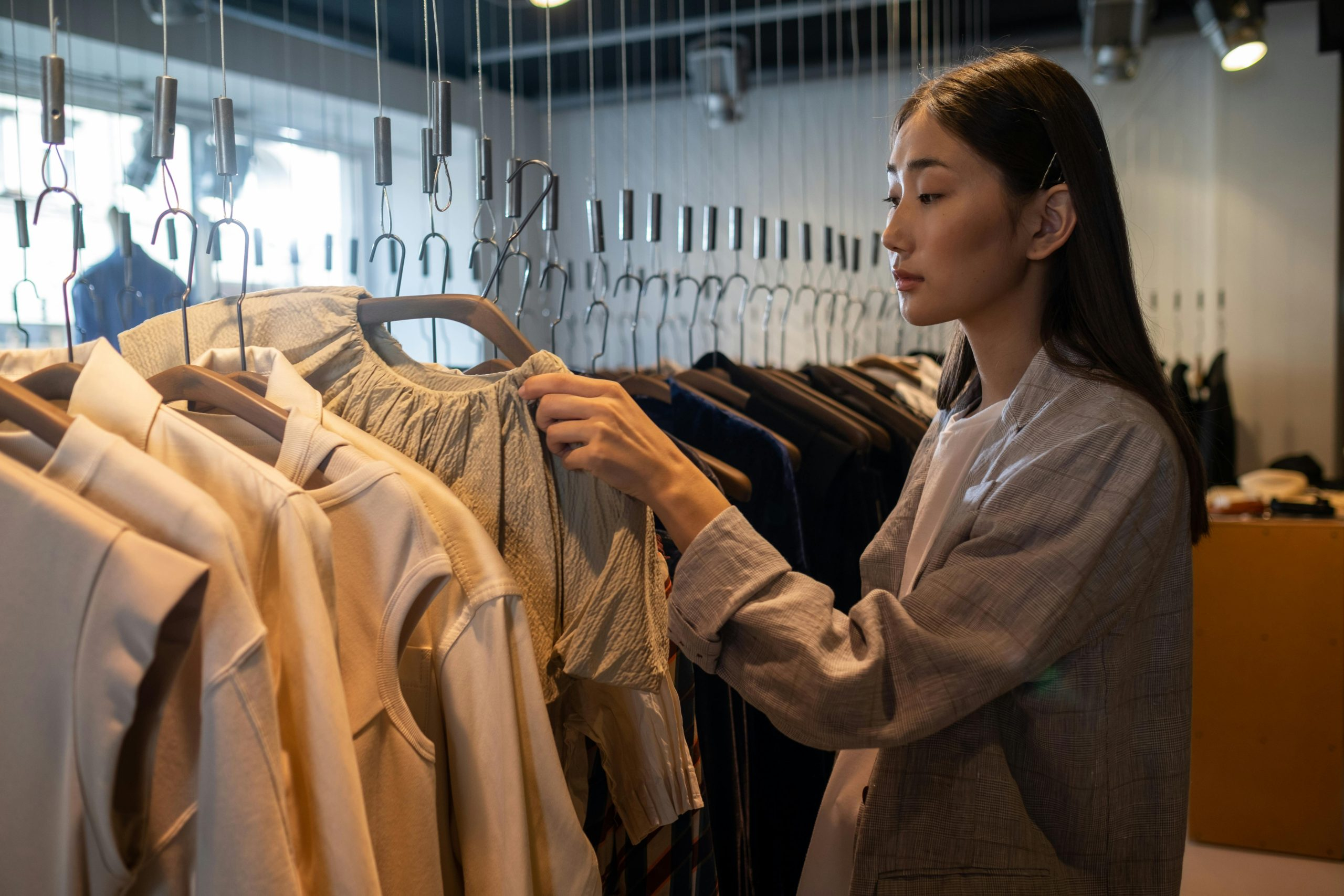Shopping and Accessibility: Inclusive Retail Experiences for All
Shopping is no longer just a simple transaction of goods and services. It has become an experience, an avenue for self-expression and a way to connect with others. However, for individuals with disabilities, this experience can often feel exclusionary and inaccessible. Inclusive retail experiences entail creating an environment where everyone, regardless of their abilities, can enjoy and participate in the shopping journey. With technology and awareness advancing, it is ever more important for businesses to prioritize accessibility in their retail spaces. Let’s explore the ways in which retailers can create inclusive retail experiences for all.
The Challenges of Inaccessibility
Navigating a retail space can be a challenge for individuals with mobility, sensory, or cognitive disabilities. A simple obstacle such as stairs can make accessibility impossible for someone who uses a wheelchair. Insufficient lighting, loud music, and crowded spaces can be overwhelming for individuals with sensory sensitivities. In addition, small fonts on products and signage can be difficult for individuals with visual impairments to read. These challenges can result in individuals with disabilities feeling excluded from the shopping experience and discouraged from making purchases.
The Importance of Inclusive Retail Experiences
There are more than a billion people worldwide with disabilities, and they represent a significant market segment for retailers. By creating inclusive retail experiences, businesses not only increase their potential customer base, but they also contribute to a more equitable and accessible society. In addition, individuals with disabilities often have a network of family, friends, and caregivers who may also be impacted by inaccessible spaces. Creating inclusive retail experiences not only benefits individuals with disabilities, but it also enhances the overall shopping experience for everyone.
Strategies for Inclusive Retail Experiences
1. Physical Accessibility
The first step in creating an inclusive retail experience is ensuring physical accessibility. This includes providing accessible entrances, parking spaces, and ramps for wheelchair users. It also involves having enough space between aisles and racks for individuals with mobility aids to maneuver comfortably. In addition, installing tactile strips for individuals with visual impairments and providing seating areas for those who need it can also improve physical accessibility in retail spaces.
2. Sensory Considerations
Sensory overload can be a major barrier for individuals with sensory sensitivities. Businesses can create a more inclusive environment by keeping background noise to a minimum, using natural lighting, and having quieter spaces for individuals to take a break. In addition, providing sensory-friendly shopping hours or events can make the shopping experience more enjoyable for individuals with sensory disabilities.
3. Digital Accessibility
In today’s digital age, it is crucial for retailers to also consider digital accessibility. This includes having a website that is accessible for individuals with visual and cognitive disabilities, such as using alt text for images and having a clear and easy-to-navigate layout. In addition, offering options such as online shopping and home delivery can make the shopping experience more accessible for individuals who have difficulty leaving their homes.
4. Staff Training
Creating an inclusive retail experience is not just about the physical environment, it also involves the attitudes and behaviors of staff members. Training employees on disability awareness and sensitivity can help create a more welcoming and understanding atmosphere. It is also important for staff to be knowledgeable about accessible features in the store and be willing to provide assistance to individuals who may need it.
Examples of Inclusive Retail Experiences
There are already several businesses that have made strides in creating inclusive retail experiences. For example, some retailers have implemented inclusive clothing options, such as adaptive clothing for individuals with mobility limitations. Others have incorporated braille on product labels and installed accessible dressing rooms. Some businesses have also utilized technology, such as virtual reality, to help individuals with mobility challenges experience their products in a more accessible way.
Inclusion For All
Inclusivity is not a one-size-fits-all concept. It requires continuous efforts and adaptations to cater to the diverse needs of individuals with disabilities. Businesses that prioritize accessibility in their retail spaces not only expand their customer base but also contribute to a more inclusive and accessible society. By creating inclusive retail experiences, retailers show that they value and welcome all customers, regardless of their abilities. So let’s strive for a world where shopping truly is an inclusive experience for all.










